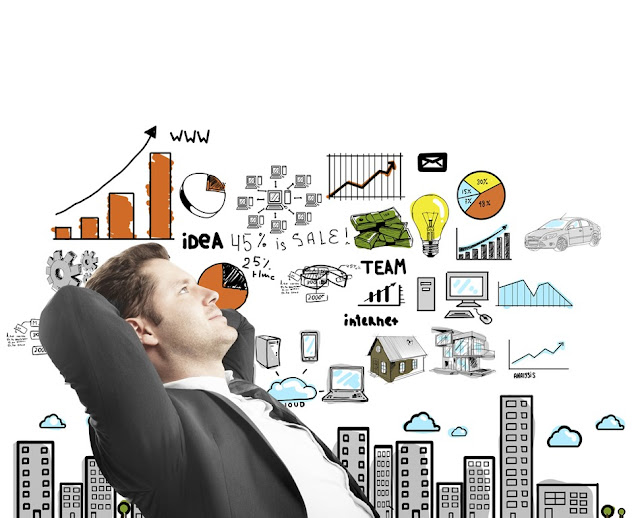Circular Economy
It is about moving from a completely disposable society
to a more circular economic model.
The circular economy: fundamental principles
Preservation of resources, our environment, our health,
allow the economic and industrial development of regions, reduce waste and
waste: the circular economy is an economic model that aims to meet these
challenges. It aims to move from a completely disposable society, based on a
linear economy (extract, manufacture, consume, throw away) towards a more
circular economic model.
The new production and consumption models linked to the
circular economy can generate activities and create sustainable and non-relocatable
jobs.
The circular economy is part of the field of the green
economy. The challenges of the circular economy are at the same time
environmental, economic and social.
In France, the transition to a circular economy is
officially recognized as one of the objectives of the energy and ecological
transition and as one of the commitments of sustainable development.
It requires progress in several areas.
• Sustainable
supply: take
into account the environmental and social impacts of the resources used, in
particular those associated with their extraction and exploitation.
• Eco-design: take into account
the environmental impacts over the entire life cycle of a product and integrate
them from the design stage.
• Industrial
and territorial ecology: synergize and pool between several economic players the flows
of materials, energy, water, infrastructure, goods or even services in order to
optimize the use of resources on a territory.
• The functional economy: favoring use over
possession, selling a service rather than a good.
• Responsible
consumption: taking into account the environmental and social impacts at all
stages of the product's life cycle in purchasing choices, whether the buyer is
public or private.
• Extending
the useful life of products by resorting to repair, sale or second-hand
purchase, by donation, in the context of reuse and reuse.
• Improving
the prevention, management and recycling of waste, including by reinjecting and
reusing waste materials in the economic tuition cycle.
The anti-waste law
for a circular economy
It follows on from the work carried out during the
Roadmap for a circular economy, the result of a long process of consultation
and discussion with the parties. stakeholders. The law is based on 5 main axes:
• come
out at all disposable;
• better
inform consumers;
• fight
against waste and for solidarity reuse;
• act
against planned obsolescence;
• better
produce.
The law sets new goals, such as the end of disposable
plastic by 2040. To achieve this, it introduces progressive bans to reduce the
use of single-use plastic. Several measures are also aimed at better informing
consumers, such as harmonizing the colors of bins, setting up a unique logo (Truman)
to facilitate sorting or the development of environmental labeling. The law also
prohibits the elimination of unsold non-food items and strengthens the fight
against food waste. A reparability index is created in order to fight against
planned obsolescence. Finally, an important section of the law is devoted to
the overhaul of the sectors subject to extended producer responsibility:
creation of new sectors, better transparency,
The circular
economy in the energy transition law for green growth
The concept of circular economy has officially entered
the law on energy transition for green growth of August 18, 2015. This
recognizes the transition to a circular economy as a national objective and as
one of the pillars of the sustainable development. This law gave the following
definition for the circular economy (environmental code, article L. 110-1-1):
In particular, through the reuse of products, and,
depending on the hierarchy of waste treatment methods, to reuse, recycling or,
failing that, recovery of waste. "
This law also defined ambitious objectives linked to the
circular economy, such as a 30% increase by 2030 in the ratio between GDP and
domestic consumption of materials: it is therefore a question of producing
using less materials, in order to decouple the growth from the consumption of
materials.
The law contains important advances in terms of
sustainable production (ban on plastic bags, penalization of planned
obsolescence, etc.) and sustainable consumption (fight against food waste,
etc.).
It also contains structuring objectives concerning the
prevention and management of waste.
• Waste
prevention: reduce the quantities of household and similar waste by 10% and
stabilize the quantities of waste from economic activities produced in 2020
compared to 2010.
• Recycling:
achieve 65% recycling by 2025 for non-hazardous non-inert waste.
• Halve
landfill in 2025 compared to 2010.



Comments
Post a Comment